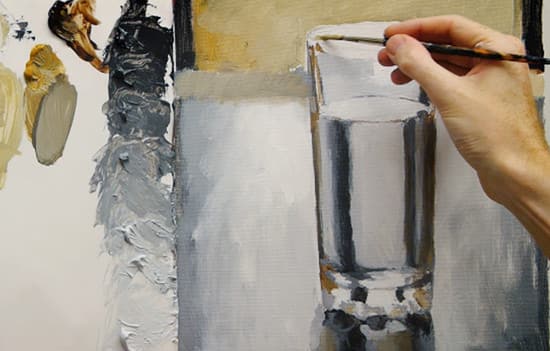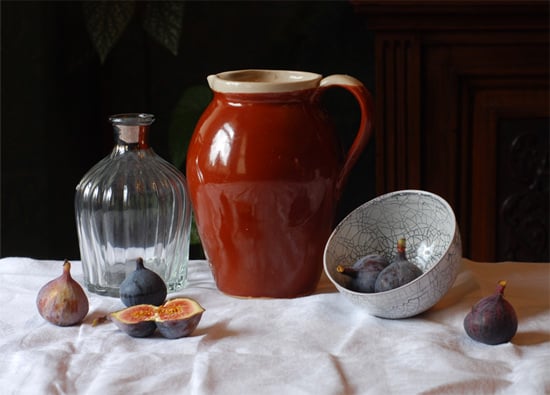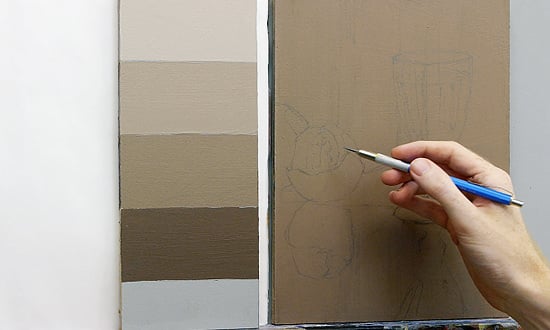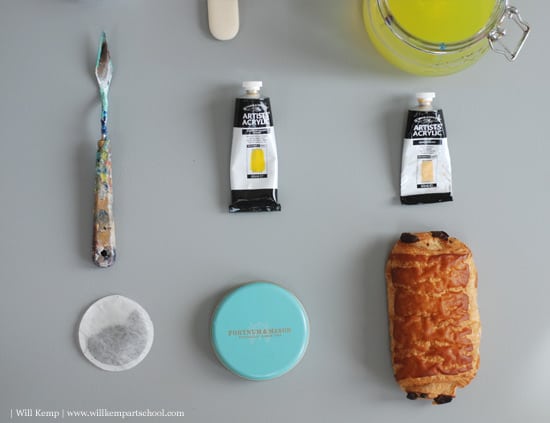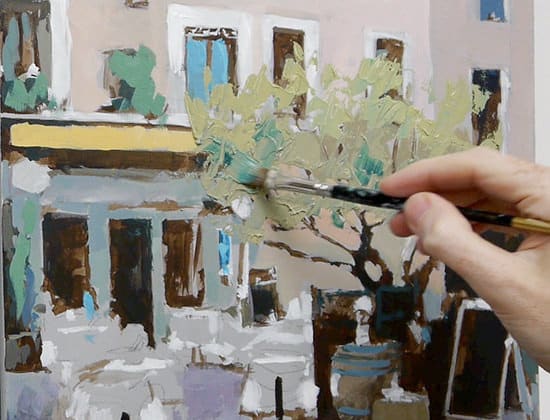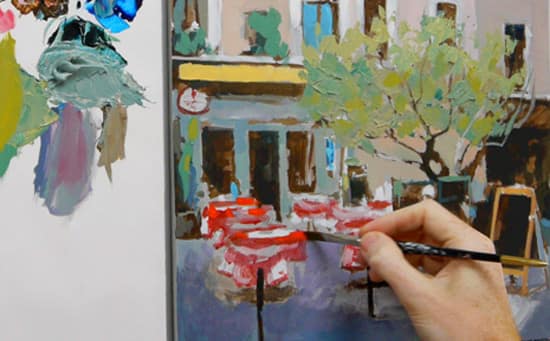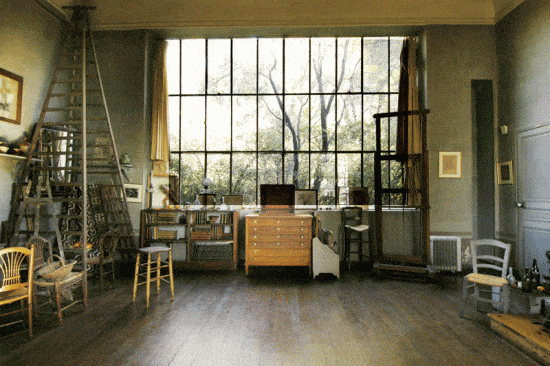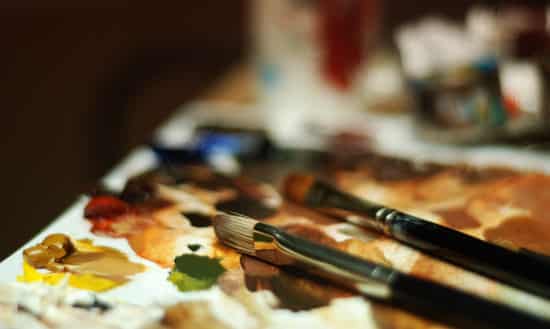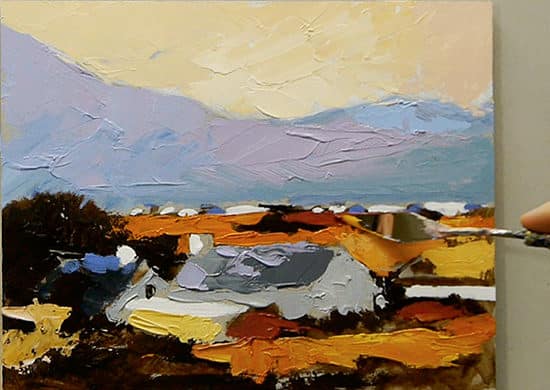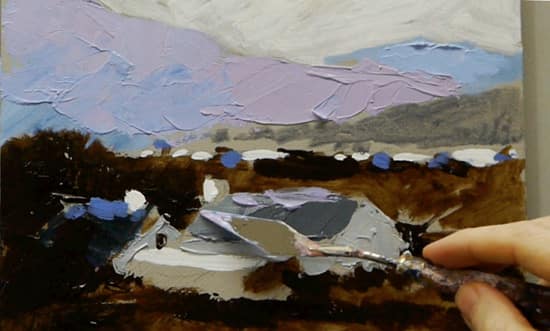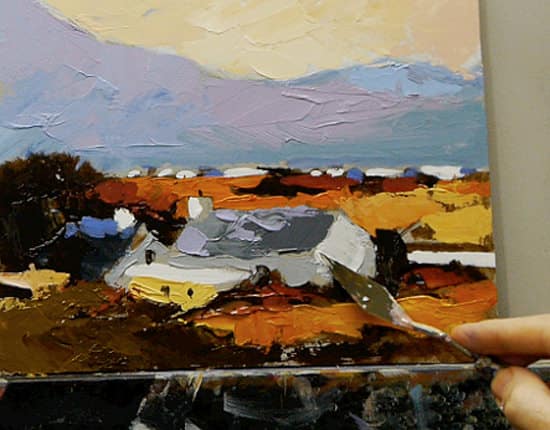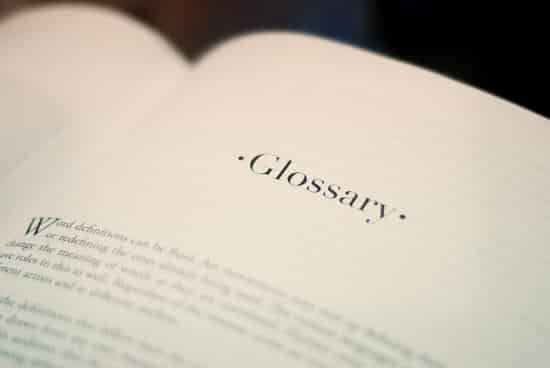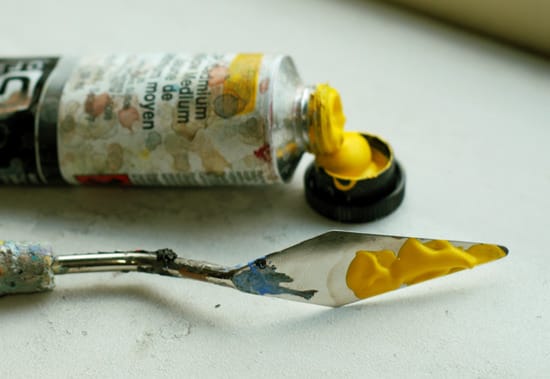Still Life Acrylic Masterclass Course is Live!
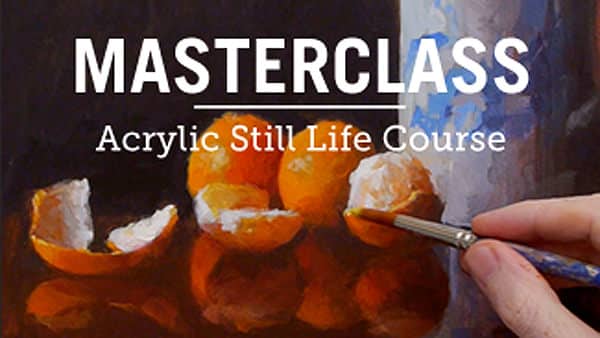
New Still Life Acrylic Masterclass Course
Morning class! The Still Life Masterclass in Acrylics course is now available,whoo hoo!
Have you ever asked yourself “How do I make my paintings look more professional?‘
At some point in every artist’s development, you get to a stage where your paintings are looking pretty good, you can see your improvement from where you first began, but some tricky subjects still elude you.
You’ve got a basic understanding of colour mixing, paint application and your drawing’s sound, but you want to take your work to the next level.
I’ve created this Classical Still Life Masterclass with acrylics to help aspiring artists bring their paintings to a more professional finish.
We deal with the more complex subject of reflective surfaces such as Silver, Ceramic & Mahogany using an extended palette and multi-layered glazing techniques.
Here’s a brief video intro to the course:
My Still Life Masterclass Course and is now available and you can learn more and join the course by just clicking this link.


